PDF-ISSN Print ISSN Online nternational ournal of dva
Author : faustina-dinatale | Published Date : 2015-05-19
Issue March 2014 Copyright to IJAREEIE wwwijareeiecom 7616 A Study on Conducted Emissions from Switching Power Converters and Systematic Design Procedure for EMI
Presentation Embed Code
Download Presentation
Download Presentation The PPT/PDF document "ISSN Print ISSN Online nternational..." is the property of its rightful owner. Permission is granted to download and print the materials on this website for personal, non-commercial use only, and to display it on your personal computer provided you do not modify the materials and that you retain all copyright notices contained in the materials. By downloading content from our website, you accept the terms of this agreement.
ISSN Print ISSN Online nternational ournal of dva: Transcript
Download Rules Of Document
"ISSN Print ISSN Online nternational ournal of dva"The content belongs to its owner. You may download and print it for personal use, without modification, and keep all copyright notices. By downloading, you agree to these terms.
Related Documents

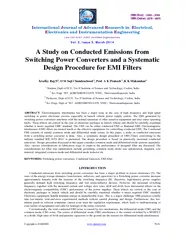
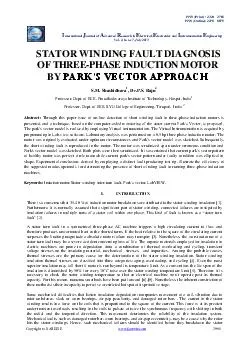
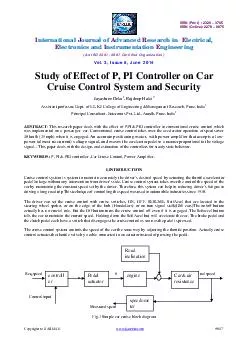
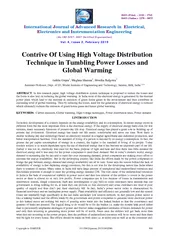
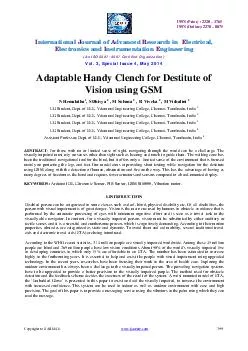
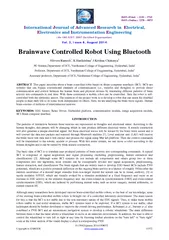
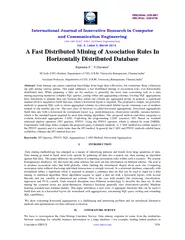

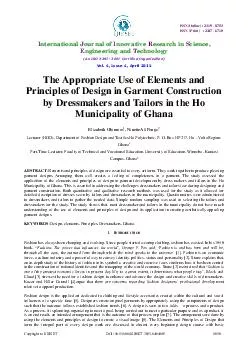
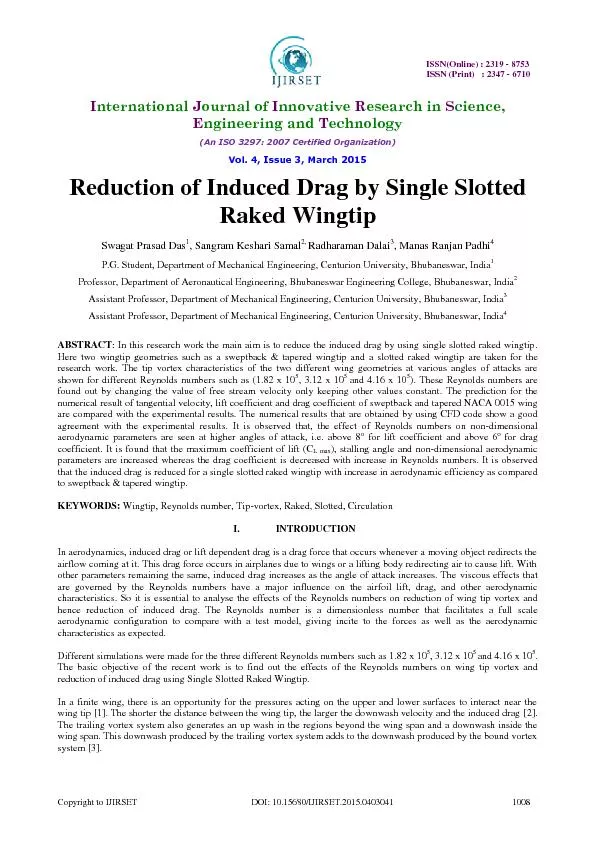
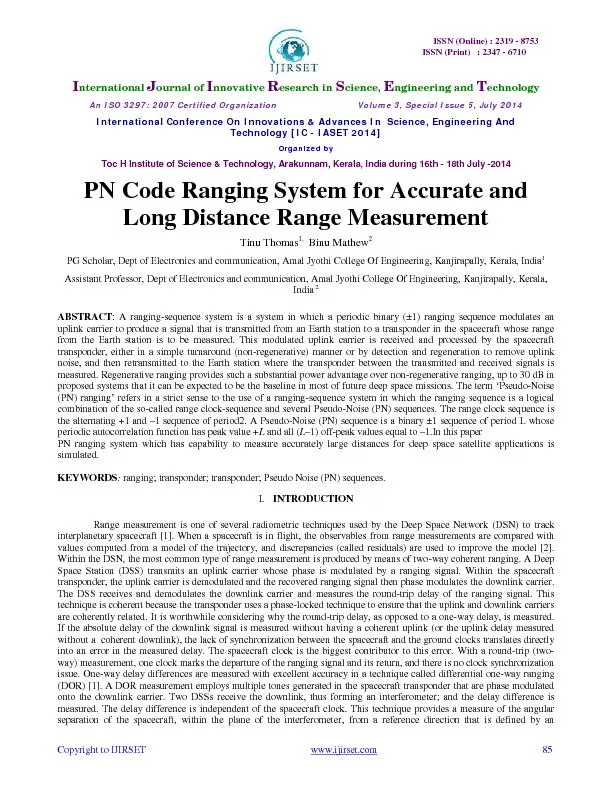
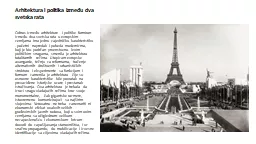
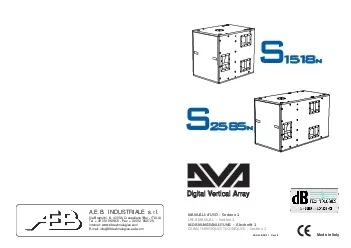
![[eBOOK]-AWS: AWS Certified Developer Associate: DVA-C01: 325 Top-Notch Questions: The](https://thumbs.docslides.com/985002/ebook-aws-aws-certified-developer-associate-dva-c01-325-top-notch-questions-the-latest-dva-c01-certification-blueprint.jpg)